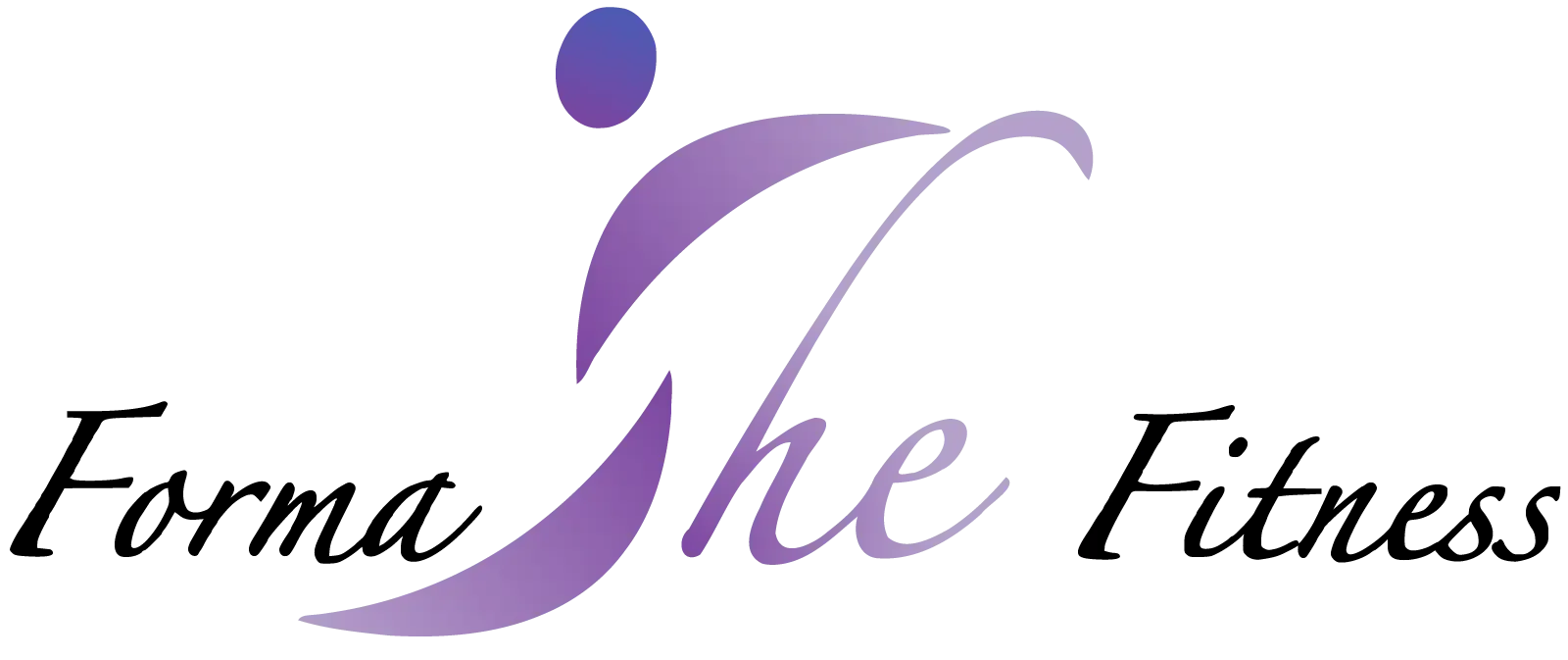Physiotherapy vs Kinesiotherapy or Kinesiology

In a health care setting, there are many types of physical therapy able to help you achieve optimal health and wellness.
Physiotherapy and Kinesiology are forms of physical therapy serve complimentary purposes in the health field. However, there are some main differences in how these physical therapists work that may cause you to choose one over the other. Other times, you may choose to work with to receive complimentary treatment approaches.
If you have an injury or pain, including chronic pain that requires diagnosis and a treatment plan, you may want to consider Physiotherapy.
If you want to work on your fitness for sport, work or life and restore function or work on better movement mechanics, you may want to choose Kinesiology.
Physiotherapists work to restore function and mobility and reduce pain after injury or disease. Physical therapists have in-depth knowledge of injury and movement mechanics, which they use to diagnose and treat existing issues.
Some Physiotherapists will use manual therapy techniques and physical rehabilitation through a tailored exercise plan carried out at home, while others will use more passive treatment modalities to treat their clients, such as ultrasound therapy, transcutaneous electrical nerve stimulation and acupuncture.
Kinesiologists are experts in the study of human movement and programming individualized exercise plans for their clients. They tend to have all sorts of clients, with specific fitness or lifestyle goals. The main goal of a Kinesiologist is to improve physical abilities, prevent injuries and help their clients live a pain free life. Additionally, Registered Kinesiologists help their patients improve key fitness aspects, such as muscle strength and cardiovascular endurance, allowing them to excel above their current fitness level.
Physiotherapists tend to diagnose injuries and use passive manual techniques and other passive treatments along with advanced rehabilitation physical therapy.
Kinesiologists do not diagnose injuries. They can help treat existing injuries or movement dysfunction through therapist assisted stretching techniques but tend to do less other passive treatments and passive manual techniques.
Sources: Inertia Physio
Recent Posts
Related Articles
Non-verbal communication
A substantial portion of our communication is nonverbal. In fact, some researchers...
June 19, 2023Stretch marks – causes and prevention
Stretch marks (striae) are discolored, slightly sunken scar-like lines in your skin....
June 19, 2023Compassion vs Empathy
It’s easy to use compassion and empathy as synonyms, but there are...
June 19, 2023How to build a habit in 5 steps
People with good habits rarely need to resist the temptation to laze...
June 19, 2023

























Leave a comment